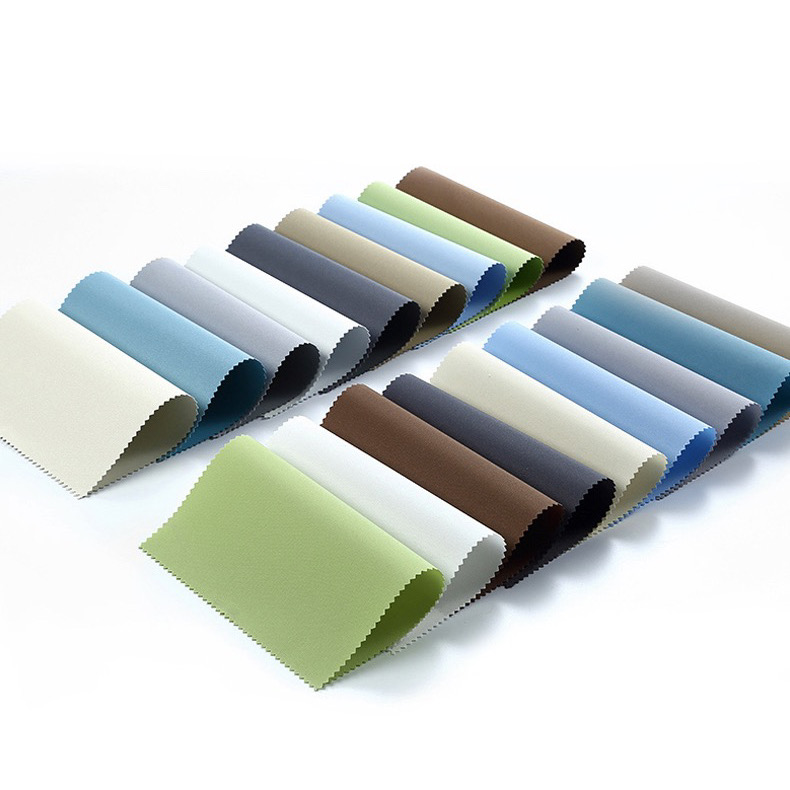Roller blinds are a popular choice for window coverings, thanks to their versatility and functionality. However, when it comes to selecting the right material for your roller blinds, there are a few factors to consider. The type of material you choose will impact the overall look and feel of your space, as well as its level of privacy and sunlight control. Here, we'll explore the advantages and disadvantages of different roller blind materials, so you can make an informed decision.

1. Polyester
One of the most popular roller blind materials is polyester. This synthetic fabric is lightweight and durable, making it a great choice for high-traffic areas like living rooms and bedrooms. Polyester roller blinds are typically cost-effective and easy to clean, making them a low-maintenance option. However, they may not offer the same level of insulation as other materials and can sometimes appear cheap or low-quality.
2. Cotton
For a natural, organic look, cotton roller blinds are a great option. This material is breathable and soft to the touch, providing a cozy, warm atmosphere in any space. Cotton roller blinds are also versatile in terms of style, as they can be dyed or printed to match any decor. However, cotton can be prone to wrinkling and may fade over time if exposed to direct sunlight.
3. Linen
Another natural material commonly used for roller blinds is linen. This fabric is known for its durability and sleek appearance. Linen roller blinds offer a natural look that works well in any space, from traditional to modern. Additionally, linen is a great insulator, which means it can help keep your home cool in the summer and warm in the winter. However, linen is more expensive than other materials and can be difficult to clean.
4. Blackout
For homeowners who prioritize privacy and light control, blackout roller blinds are a great choice. These blinds are typically made from a thick, opaque material that blocks out all light, making them ideal for bedrooms or home theaters. Blackout roller blinds can also improve insulation and energy efficiency, helping to reduce your energy bills in the long run. However, they may not be as stylish as other types of roller blinds, and can be more expensive.
5. Sheer
On the other end of the spectrum, sheer roller blinds offer a light, airy feel to any space. These blinds are typically made from a lightweight, translucent material, allowing for plenty of natural light to filter in. Sheer roller blinds are a great choice for rooms that don't require a lot of privacy, such as living rooms or kitchens. However, they offer little to no insulation, making them less energy-efficient than other materials.
In conclusion, there are a variety of roller blind materials to choose from, each with its own set of advantages and disadvantages. Whether you're looking for something cost-effective and easy to clean or a more natural and elegant option, there's a roller blind material that's perfect for your space. By considering the pros and cons of each type of material, you can make an informed decision that meets your needs and budget.

 ไทย
ไทย













